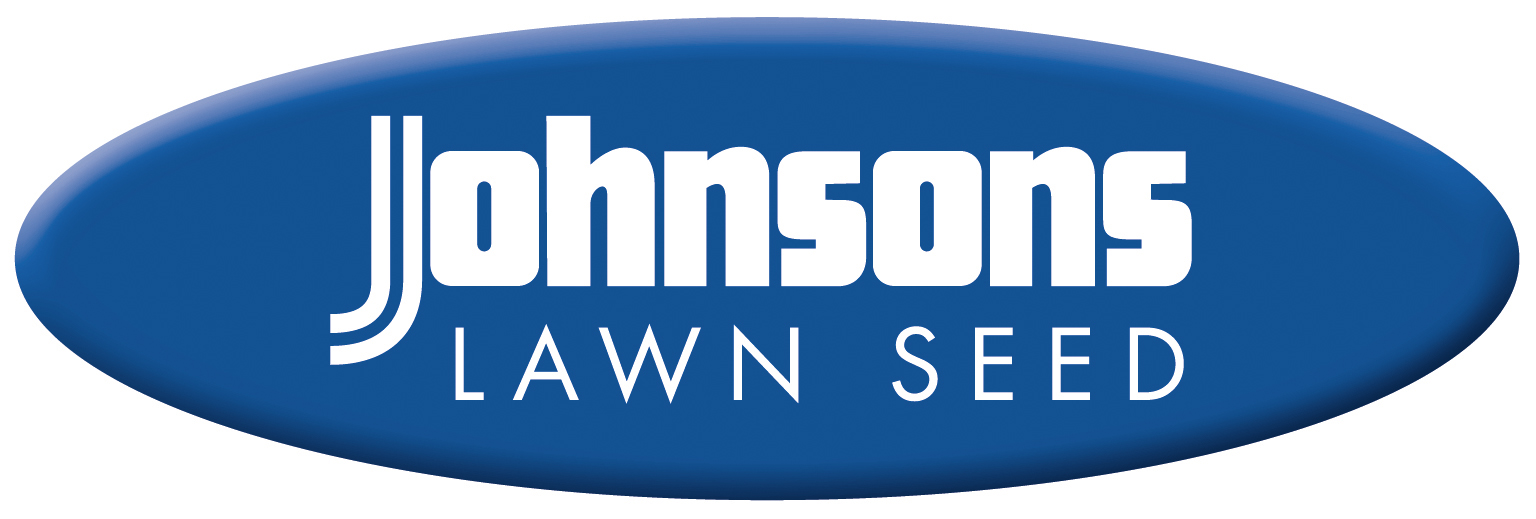 It’s one of the most Googled questions when it comes to lawn seed – with the answer spanning hundreds of years, thousands of varieties, and experts from all over the world. Most qualified to answer the question is leading UK supplier Johnsons Lawn Seed.
It’s one of the most Googled questions when it comes to lawn seed – with the answer spanning hundreds of years, thousands of varieties, and experts from all over the world. Most qualified to answer the question is leading UK supplier Johnsons Lawn Seed.
Advancing lawn technology has been at the core of Johnsons Lawn Seed’s business for nearly 200 years. Established in 1820, Johnsons is the oldest lawn seed brand in the UK with a long and prestigious record of product innovation, research and development and a pioneering grass breeding programme.
| Watch DLF’s YouTube video ‘The Journey of the Seed’: https://www.youtube.com/watch?v=fpihK4_xxbg |
There are over 12,000 species of grass growing on every continent in the world – excluding Antarctica – where each is subject to different climate, soil, altitude, amount of sun and moisture. DLF – Johnsons Lawn Seed’s parent company – recognised the different benefits of each species and looked to create a programme of lawn seed that moved away from a global lawn seed variety and a “one size fits all” approach. Seed became more country specific, resulting in better yield and performance for UK conditions. Much of this was done under the company’s dedicated R&D programme. A huge part of its business, 1 in 10 members of staff now work under the R&D banner.
It takes 15 years of breeding and testing to bring a new lawn seed to market. The humble seed starts its life growing in a field at a nursery, where different varieties of seeds are put into trials or into various breeding schemes. Lines that are selected in breeding schemes are returned to the trialling scheme, first assessed in the pre-yield trials in Didbrook, Gloucestershire with successful lines going on to common trials at other European sites.
Many different breeding programmes take place in trials – synthetics, polycrosses, topcrosses, half sibs and bottlecrosses (see pull out box below). Once a plant has been deemed successful, the journey doesn’t end there. Many different varieties will be tested and planted together to create different combinations which ultimately, when harvested together, will create the most exemplary seed blends.
Each separate variety is checked regularly by farmers who work closely with DLF’s experienced field advisors. Expert data is gathered through scoring using the Haldrup and drone imaging to ensure the consistent treatment of all the plots. Seed homogeneity is checked to ensure all plants look the same, as are weed seed levels and cross pollination to ensure quality is up to standard.
| Pull out box: Information for infographic
Synthetics Selected plants cloned and planted together in plots with similar HD. All harvested together, from the second generation grass crop. Polycrosses Open pollination of a group of selected plants – assessment in field then selection of best mother plants to produce a synthetic. Topcrosses Mother plants cloned and planted in a grid then surrounded by top performance pollinator variety to enrich the genetic background. Half sibs Half siblings from common mother plant. Seeds sown in half plots to test combining ability of mother plant. Bottle crosses Selected plants cloned and planted together in plots with similar HD. All harvested together from the second generation. |
The seed is then harvested and cleaned with samples taken for testing. 30 highly qualified analysts in three laboratories based in Denmark and the Netherlands ensure that the seeds meet the EU required standards of the Community Plant Varierty Office. (C.P.V.O,) and deduct any weed or additional crop seeds.
This data is then fed back to breeders and product managers who then discuss the merit of a line and get a preview and understanding of the variety before widespread release. Once breeding and analysis has been completed, the seed is mixed and packaged at Johnsons facilities in Inkberrow, Worcestershire, before being distributed to garden centres and DIY stores for customers to purchase. Customer feedback is then collected and evaluated to ensure the new mixes continue to perform as intended.
Johnsons Lawn Seed range includes:
After Moss
Coated in calcium carbonate which raises the pH of the soil, this fast-establishing dwarf perennial ryegrass mix, with Green Lawn Technology seeds, is deep rooting and dense and will help the growth of healthy grass over these patches to avoid them being taken over by moss again.
- Quick Lawn
Utilises a special seed dressing called ‘Gromax’ to encourage quicker and more hardwearing lawns. Quick Lawn is the best all-round mixture using only top varieties and combines a superb fine leaved appearance with excellent wear tolerance. Applied to grass seed, Gromax attracts beneficial bacteria in the soil to the grass roots to further enhance establishment. The treatment is child and pet friendly.
- Tuffgrass
Provides good green cover and weed control whilst withstanding substantial wear and tear.
- Lawn Thickener with Seedbooster®
Guarantees 30% more grass than uncoated grass seed and faster germination thanks to the Seedbooster® pre-applied slow and fast release nitrogen coatings. Each seed is wrapped in its own parcel of fast and slow release fertiliser, meaning the seed germinates sooner and establishes faster. The coating also acts as a harmless deterrent to birds.
Find out more
To find out more about Johnsons Lawn Seed products please visit www.johnsonslawnseed.com
For more information, interviews or images please contact:
DLF/Johnsons Lawn Seed PR Team, Hornby Whitefoot PR
Cassie King Tel: 07875337290 Email: cassie@hornbywhitefootpr.co.uk
Robbie Cumming Tel: 07765251173 Email: robbie@hornbywhitefootpr.co.uk
